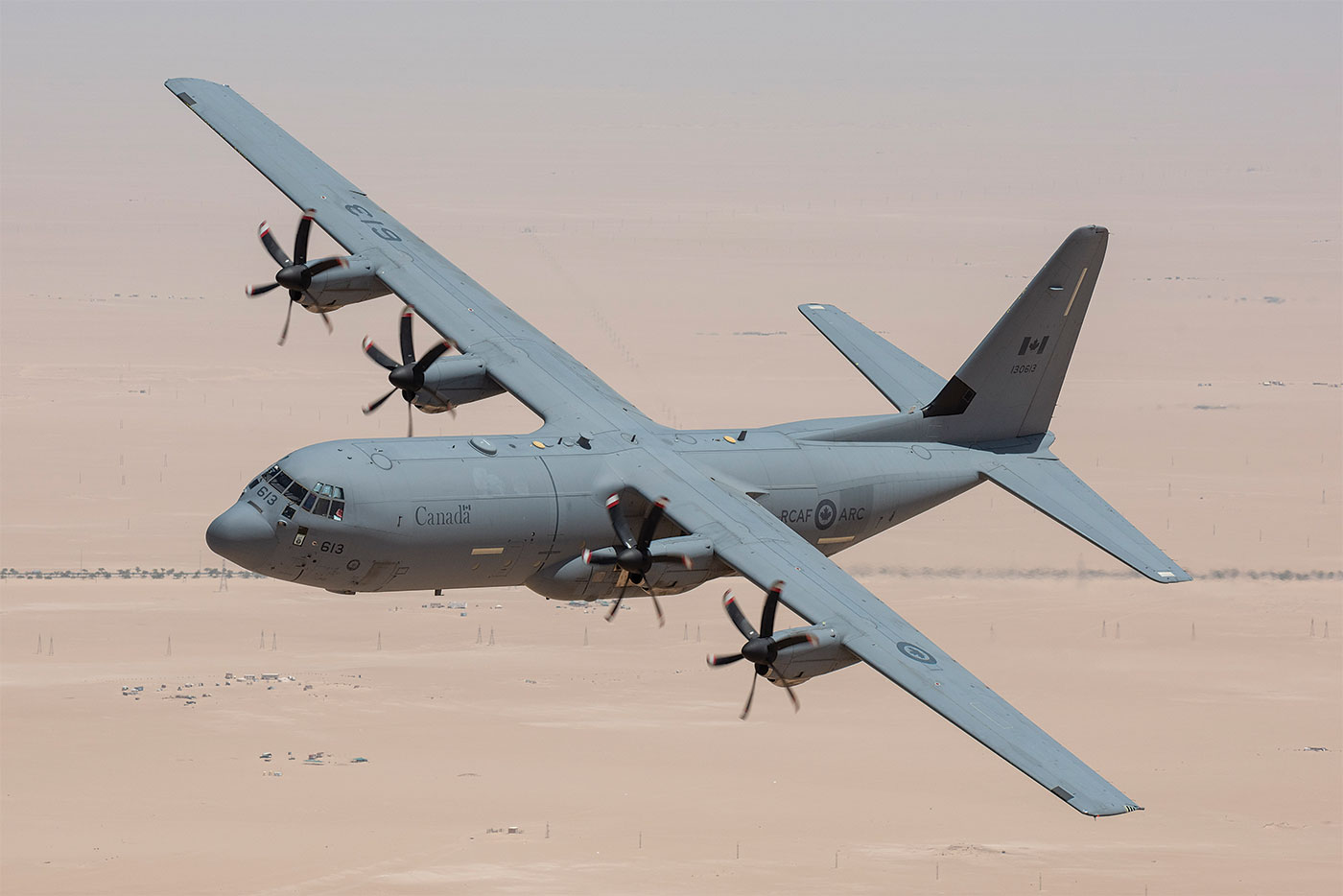Estimated reading time 12 minutes, 35 seconds.
Editor’s note: This story appears in the latest issue of RCAF Today. Access the full issue here.
“We were at the highest level of readiness that we would have been at since the Korean War.”

If that seems a perplexing statement from the commander of an Air Force that at one point during the current pandemic had about 70 per cent of its members working from home, LGen Al Meinzinger has a sound explanation.
Though Royal Canadian Air Force (RCAF) headquarters sometimes resembled ghost towns, training schools were paused, operational training units (OTUs) were scaled back to critical force generation activity, and flight operations were at times curtailed, over 83 per cent of personnel were on short notice to activate.
“I referred to it tongue and cheek as the team being readied in a martial arts crouch,” he said. “Nobody was away on course, nobody was out of country on temporary duty. Almost 100 per cent of our team was conducting operations, supporting operations or at home … on a very high alert level to respond as directed.”
When the coronavirus flared in communities across Canada in mid-March, the RCAF quickly adopted a posture intended to preserve the force. The health and safety of members and their families became the top priority.

At the direction of the Chief of the Defence Staff and military and civilian health authorities, training courses for Reserve cadets, new recruits, technician trades and professional upgrades were halted and over a thousand students returned to barracks or home. Travel for leave was limited. Operational flights were re-routed to avoid COVID hot spots where possible.
The operational tempo dipped but did not stop. Transport squadrons continued to support operations in the Middle East, Eastern Europe and elsewhere; fighter squadrons and 22 Wing North Bay, Ont., the Canadian Air Defence Sector, maintained the NORAD mission; and search and rescue units responded around the clock to calls across the country. 8 Wing Trenton, Ont., even became a quarantine site in the early days of the pandemic for Canadian passengers lifted from a cruise ship, the Diamond Princess, docked in Japan.
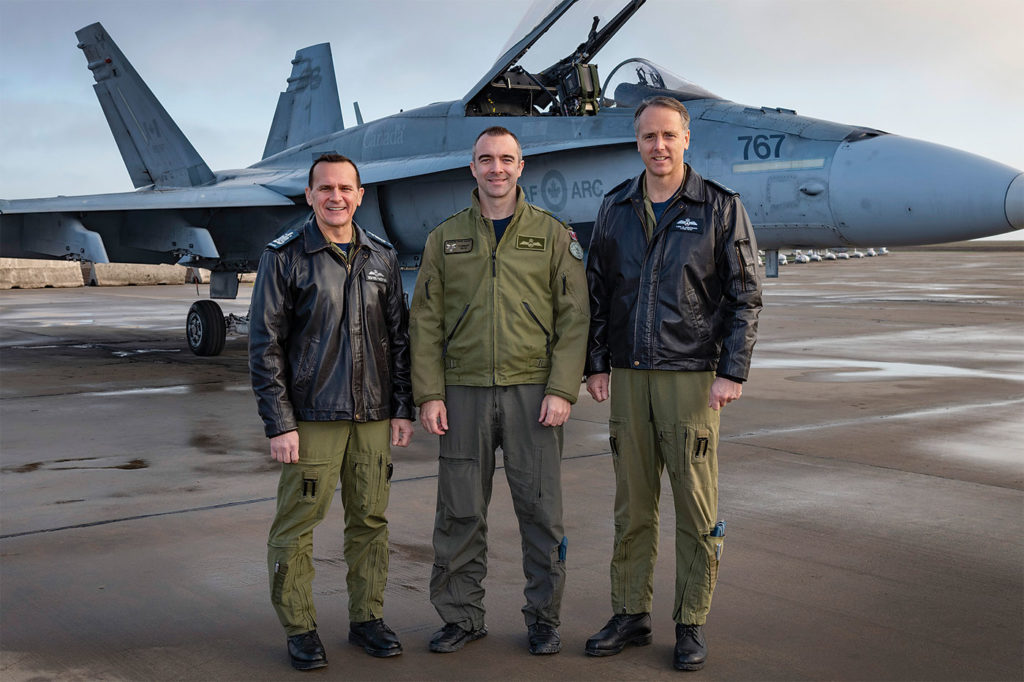
But at Wings and in aircraft, new health and safety measures were introduced to mitigate the risk of infection and transmission. Students were sequestered. Access to workspaces was restricted and traffic flow through some buildings was altered to limit contact. Meetings migrated to Zoom and other video technology. Aircrews conducted virtual handovers. On transport planes, new protocols for mask wearing and passenger screening became the norm.
“We have remained focused on the health of our people throughout,” said Meinzinger. “It was impressive how swiftly the team was able to introduce a raft of new protocols.”
The payoff has been evident in the number of COVID-19 cases in the RCAF. At no point have they exceeded single digits, he noted. At the time of the interview in early July, no member was sidelined due to the virus.
While personnel health was critical, the quick reaction to preserve Air Force capacity was a necessary precaution for what the RCAF suspected could be a busy period ahead.
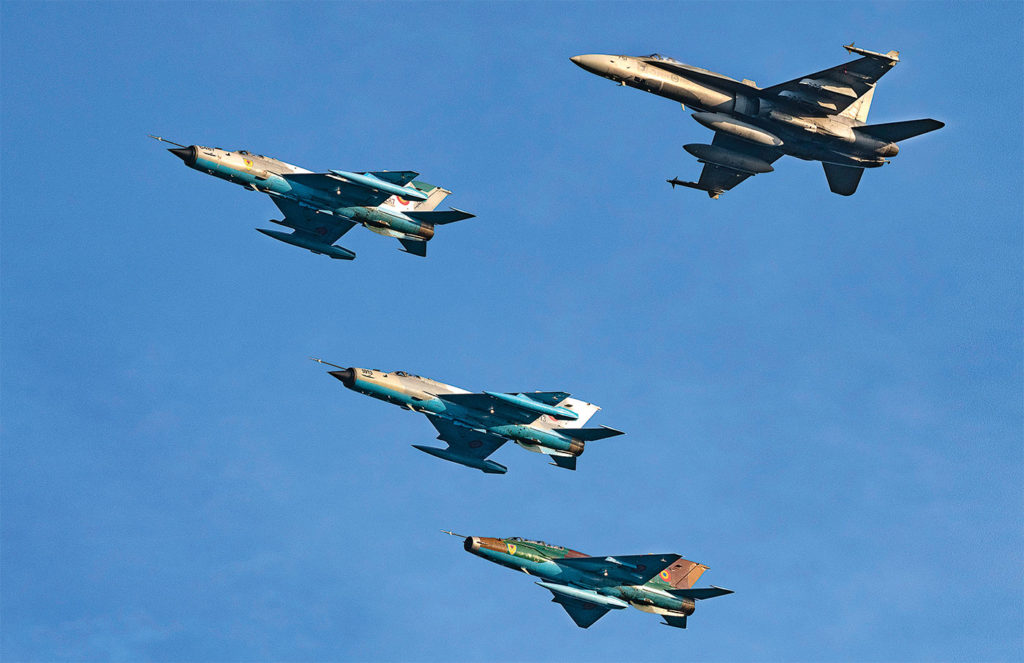
Following the outbreak of severe acute respiratory syndrome (SARS) in 2002, the Canadian Armed Forces (CAF) had developed a contingency plan known as Operation Laser to counter a future pandemic. Accordingly, among the CAF’s first responses to COVID-19 was the stand-up of six regional task forces to respond to provincial requests for assistance, each with an air detachment of either helicopters or fixed-wing aircraft to provide transport and other services.
At the same time, the RCAF was bracing for the urgent calls for air assets under Operation Lentus, the CAF response to natural disasters. Spring flooding and summer forest fires have threatened Canadian communities with increasing frequency in recent years, and assistance with surveillance or evacuation appeared to be in the cards once again.
“At the outset, we were looking at dealing with COVID-19 responses and potentially having to support the government with Op Lentus tasks,” said Meinzinger. Since training for Air Combat Systems Officers and Airborne Electronic Sensor Operators was on pause at 402 Squadron in Winnipeg, the RCAF even put the CT-142 Dash-8 “Gonzo” and its aircrews on standby to provide additional airlift.

Resuming, at a distance
The Air Force is now in the process of working through a business resumption plan that calls for a “controlled, conditions-based” return of activities. In truth, the plan is more about increasing the tempo at Wings, squadrons and headquarters. Mindful of the damage to readiness if core activity ground to a halt, operational squadrons continued to fly and OTUs maintained some flight and technician training for graduates earmarked for possible deployment. Now, it’s a matter of ramping up while adapting to the unknowns of the pandemic. Already, about 50 per cent of personnel at 1 Canadian Air Division (1 CAD) and 2 Canadian Air Division are back in their offices and workspaces.
“Readiness is everything from your level of flying currency, the recency of that flying, to your knowledge, so we wanted to make sure that we didn’t see our readiness shift,” said Meinzinger. “But we are being very diligent in how we are ramping up.”

His conditions include the availability of personal protective equipment (PPE), especially face masks, the ability to operate safely, and the ability to move personnel about the country while still meeting the guidelines of provincial health authorities.
Already, some courses have resumed, albeit in modified classrooms, and training programs have adapted to shortened weeks in which different cohorts rotate every three days to “reduce the footprint” of both students and instructors.
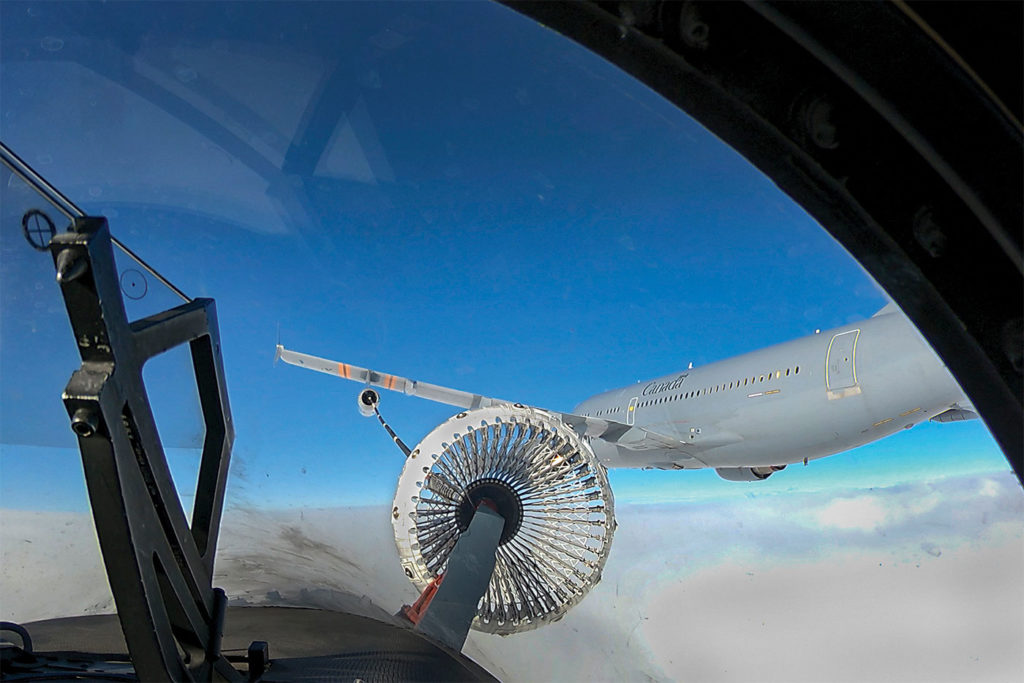
One of the consequences of COVID-19 could be a willingness to embrace distance working. As part of a multi-year retention strategy, the RCAF has been evaluating the merits of working remotely to limit the number of moves a member makes and better accommodate family situations where both spouses serve in the CAF and a move is not conducive for one. Before the pandemic, for example, the RCAF Aerospace Warfare Centre at 8 Wing Trenton, Ont., known as the RAWC, was “leveraging brains rather than bodies” by allowing team members to work remotely from locations such as Comox, B.C., and Gagetown, N.B.
“We were already seeing that that model was very effective,” said Meinzinger. “Not only was it delivering operational output … but more importantly, it was creating better balance in personal lives.”
As RCAF headquarters moves to the Carling Campus in Ottawa, he’s tasked his deputy commander, MGen Blaise Frawley, to “look at what a Headquarters 2.0 structure looks like, including how many [staff] could work from home for a majority of their work day.”
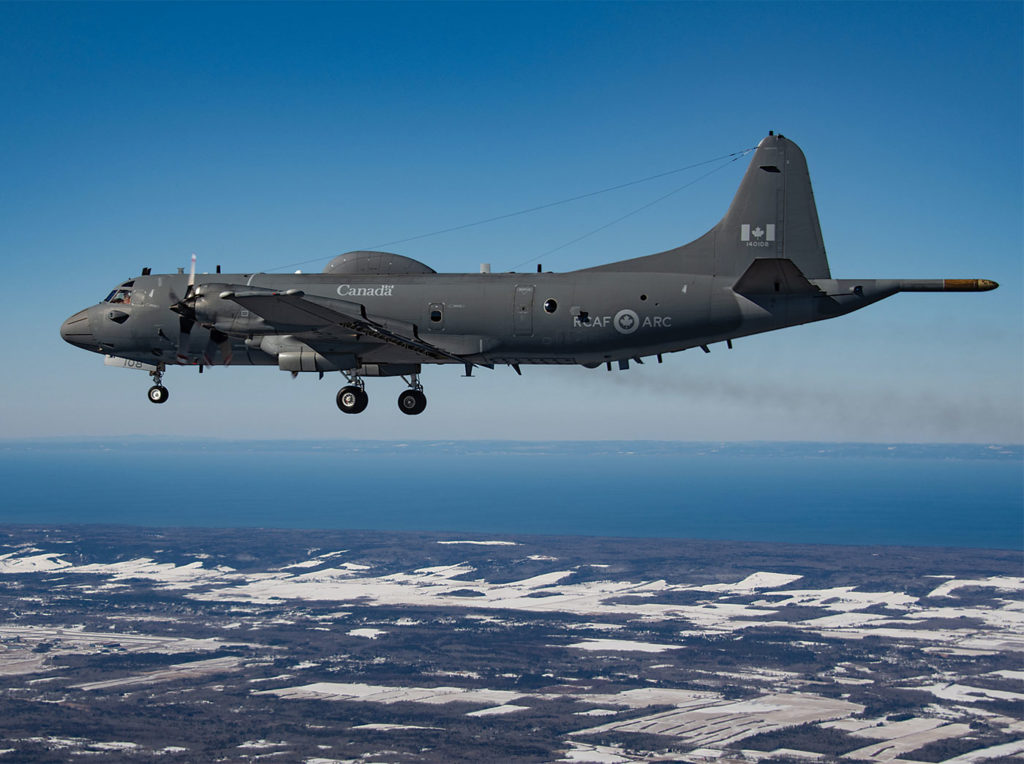
“It’s an adaptation and it obviously recognizes the need for a healthy workplace. We may see more shift work happening in the HQ, similar to the three-day model,” he explained. “There is a new reality with COVID-19 and that will probably reshape some of our thinking.”
That reality will likely renew discussion around distance learning and the expanded role of simulation and other technologies in training programs. In an ideal world, the RCAF would have a distance learning package for every course “that students could immediately access in a pandemic,” he said.
The Canadian Forces School of Aerospace Technology and Engineering at 16 Wing Borden, Ont., is already well down that road with the use of virtual reality (VR) and other tools in the training curriculum of various trades. And CH-148 Cyclone crews are learning hoist mission training on a Bluedrop Training & Simulation VR system at 12 Wing Shearwater, N.S.
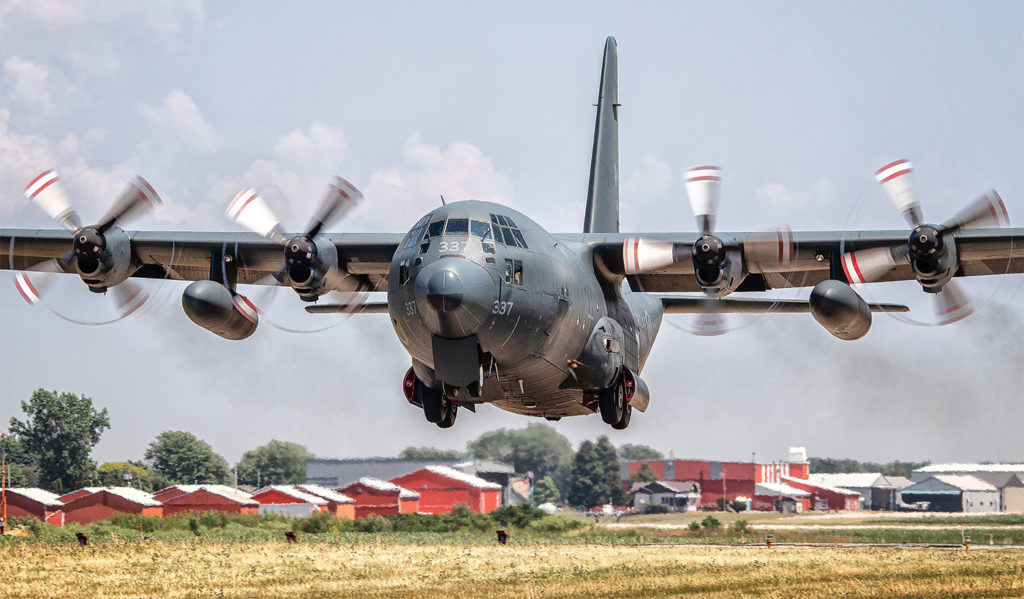
More recently in June, the RCAF Command Team course for anointed Commanding Officers and unit Chief Warrant Officers was delivered at distance using “modern tools,” he said.
“This pandemic has underscored the value of having a greater amount of simulation [and remote learning] within the enterprise.”
Return engagement for pilots?
As with any crisis, the pandemic response has highlighted capability gaps and opportunities. Assessing the full impact of COVID-19 remains a work in progress – “we’re still drawing deductions,” said Meinzinger – but it has confirmed the agility of the Air Force to alter course on the fly.
In the first months, units stepped up to develop and deliver PPE for the CAF, including the Aerospace Telecommunications and Engineering Support Squadron at 8 Wing Trenton, which re-rolled to produce medical-grade face shields for Health Services personnel. And when a gap in keeping infected patients isolated from the aircrew was identified, the Directorate of Aerospace Requirements spearheaded the rapid procurement of aeromedical bio containment containers to allow a medical practitioner to care for multiple infected patients in the back of a CC-177 Globemaster or CC-130J Hercules.

“That procurement was pivotal and we’ll reap the benefit of that work in the coming months” when it is delivered, said Meinzinger. “These systems will complement the superb work related to on-aircraft PPE tactics, techniques, and procedures that have been developed by the 1 CAD team to ensure the safety of our aircrew.”
The pandemic might also help with the battle all western air forces have been waging for the past several years, as the commercial airline boom attracted both pilots and maintenance technicians. With civil aviation now in a tailspin and many pilots furloughed or laid off, the RCAF could see the return of former members.
The CAF has been working to re-enrol recently retired members for the past few years, hoping to attract experience back to either the Regular or Reserve Force. After the effect of the pandemic on the aerospace sector became apparent, the RCAF launched a campaign on social media to “rejoin the team” and increased the capacity in its Intake and Liaison Team to help interested former members make the transition. To date, about 200 have expressed an interest and 100 are considered serious prospects, spanning a range of Regular and Reserve Force officer and non-commissioned member trades. In the past four months, about 55 have completed applications.
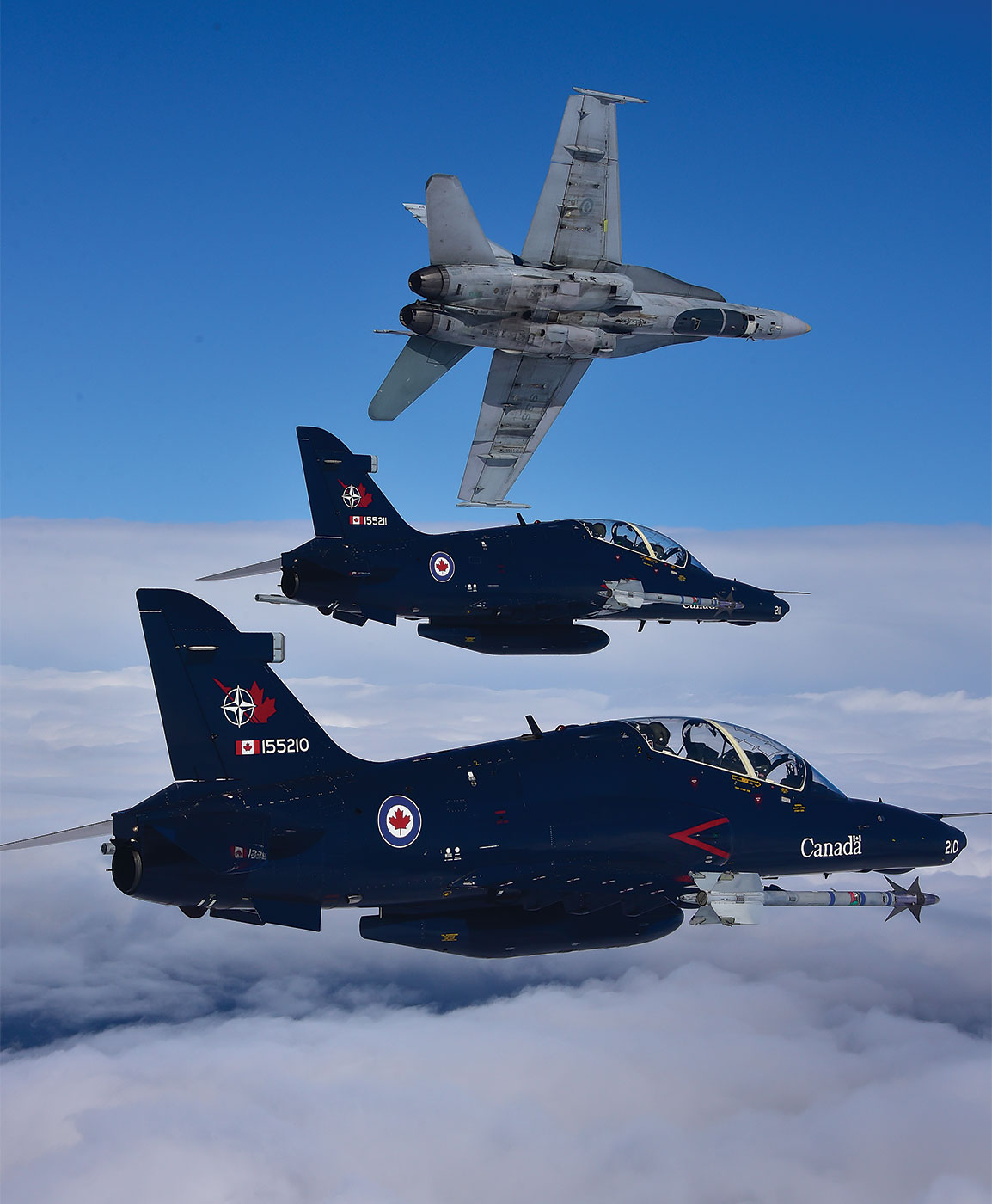
Meinzinger expects that to increase. Following the upheaval to civil aviation after 9/11, the Air Force saw a similar trend line. “It takes a bit of time for individuals to contemplate their future,” he said. “There is a family decision [involved] … but we anticipate in the coming months there will be [greater interest] from those individuals who are affected.”
Though the emphasis is on recent military experience, “we’ll take any calls,” he added, noting that the ambition of the government’s defence policy means “we are going to need a bigger RCAF team.”
Trying to predict the trajectory of the pandemic over the next months is almost impossible, but it’s a question “I think about each and every day,” Meinzinger acknowledged. He has been drawing on a “fraternity” of air chiefs from allied countries to gather lessons and help shape the RCAF response.
The only certainty is “to remain very agile” and adapt to what Gen David Goldfein, chief of staff of the U.S. Air Force, has called the new non-normal.
“The cadence and the rhythm of the pandemic is going to clearly shape the way that we move forward,” said Meinzinger. “We want to be as best prepared as we can be.”
